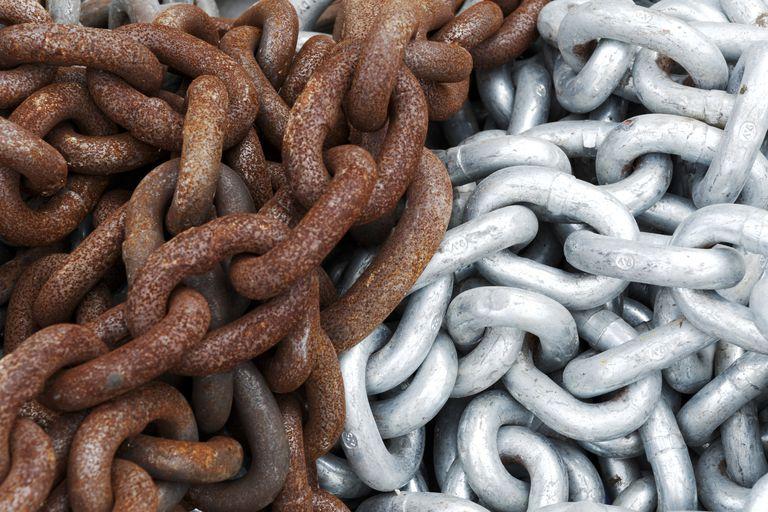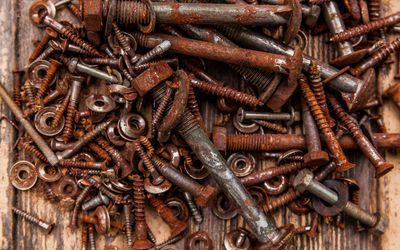Natural factors and free existing elements tend to cause deterioration of metals, this is, however, not sudden and occurs over time. This is due to unwanted chemical reactions that occur usually for metals. When corrosion occurs in a small concentrated area, it could have its effect enough to result into a pit or crack.
What is Corrosion?

Corrosion for metals could be determined as the natural procedure where the considerable refined metal is said to be converted to one of its forms which is more stable chemically. Metal oxides, metal sulphides and metal hydroxides are a few common examples for corrosion of metallic elements.
When corrosion occurs for metals, they tend to degrade and subsequently beak down over time. Rusting of iron objects is one of the best examples of corrosion around you. There are in fact various branches of study that deal with corrosion into its very depths. With the chemical changes that might occur, there are also various preventive measures that could be taken up accordingly.
Factors that affect Corrosion of Metals
There are several considerable factors that would determine corrosion in different situations.
- Corrosion for metals tends to increase in the presence of oxygen.
- The metals that have acquired higher positions in the activity or reactivity series tend to get corroded more easily than the ones that have been placed below them.
- The rate of corrosion is supposed to increase when the salts get dissolved in water and act as electrolytes. For instance, corrosion takes place faster in saline waters; the presence of elements like carbon dioxide and nitrogen oxide fastens rusting.
Types of Corrosion

There are several different types of corrosion which include:
- General Corrosion
- Stress Corrosion Cracking
- Crevice Corrosion
- Caustic Agent Corrosion
- Pitting Corrosion
- Localized Corrosion
- Uniform Corrosion
Out of the ones mentioned above, galvanic corrosion is supposed to be the most common.
- One of the most basic types of corrosion is uniform corrosion and rusting is a perfect example for the same.
- Pitting of stainless steel in the presence of water carrying appropriate contents of chloride is an example of pitting corrosion.
- Rusted nuts and bolts could be considered examples of crevice corrosion. Threaded bolts and gaps between getting corroded under humid conditions and the presence of a thin film of water.
- Steel rivets that occur in alloy sheets that were exposed to seawater are an example of galvanic corrosion.
- Hydrated ferric oxide (Fe2O3.xH2O) or rust is the corrosion of iron. Also, the formation of silver oxide Ag2O is an example of corrosion when silver gets tarnished.
Based on the different types of corrosion, there are preventive methods for the same.